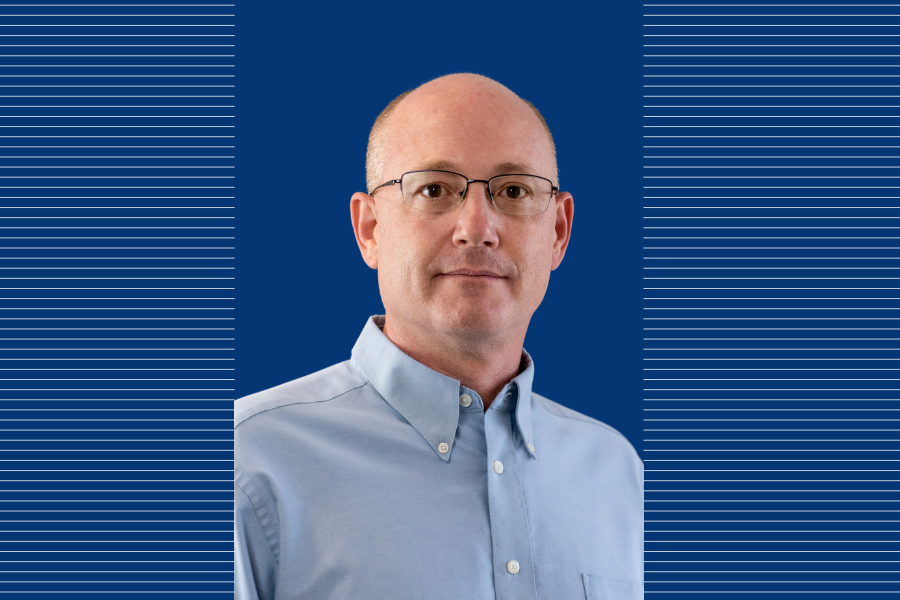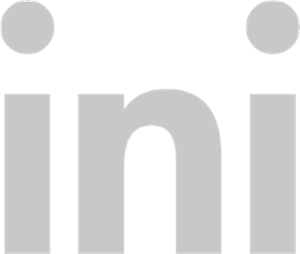
Faculty Spotlight: Quinn Jacobson and the Joy of Learning
By Evan Lybrand
Media InquiriesWhen Professor of the Practice Quinn Jacobson joined the Information Networking Institute (INI) faculty, he brought the knowledge and experience of 25 years in the technology industry with leadership roles in established technology companies and startups. He has worked on cutting-edge technology, leading teams in the hundreds, while building and maintaining a robust network of innovators. Based at Carnegie Mellon University in Silicon Valley (CMU-SV), Jacobson brings his expertise to the INI Practicum course, where students gain real-world experience by working on sponsored projects with professionals and the Technical Entrepreneur Coaching Hub (TECH) Fellowship which aims to prepare the next generation of technical entrepreneurs.
Hear from Jacobson as he shares his passion for learning and the importance of growing a supportive network.
Could you tell us a little about your journey?
Jacobson: I did my undergrad at UC Santa Cruz. Afterward, I worked for Altera (now part of Intel) for a year in Silicon Valley before going to the University of Wisconsin, Madison, for my graduate work. At Altera, I developed the world’s first commercial soft-core for Field Programmable Gate Arrays (FPGAs), a very challenging and rewarding experience.
After graduating from the University of Wisconsin, I started working at Sun Microsystems (one of the pioneers of modern data center infrastructure and now part of Oracle). Within a couple of years, I was the chief architect of my first chip, serving as the technical lead with hundreds of people on my team. I led the development of the first two generations of multi-core Scalable Processor ARChitecture (SPARC) processors. Serving as a chief architect for a mainstream Central Processing Unit (CPU) or Graphics Processing Unit (GPU) line is the dream of most computer architects. I got to do that when I was still in my twenties. After that, I went to Intel, the largest chip company in the world at the time. I worked there for a few years and eventually, I realized there’s a bigger world out there than just chip architecture. So, I left Intel and went to Nokia to do something completely different, helping create The Nokia Research Center in Palo Alto.
I was at Nokia for many years, and I got what I thought was one of the coolest titles of my career, the Director of Disruptive Innovation. I built and led several teams in different areas, including developing one of the original crowd-sourced, real-time automotive traffic services so people could get accurate and useful navigation on their smartphones. I learned to drive in L.A. and traffic is near and dear to my heart. I love cars and I thought, “Let's solve a problem that I’m passionate about; let's fix traffic.” We were a little bit naive. While we could make drivers more informed, there is not much we could do to fix the fundamental bottlenecks of rush hour traffic. It was still a great learning experience and got me into mobile phones, IoT and sensors.
What is your area of focus?
Jacobson: I started narrowing down very early. My undergrad is in computer engineering and I was focused on systems and architecture. In grad school, I focused even more narrowly on processor design, basically microprocessor architecture. But then throughout my career, I have taken many turns following interesting problems wherever they led me. So I have moved from chip design to mobile services and wearables and all the way out to financial tech and Geographic Information Systems (GISs) for intelligence.
How did you come to the INI?
Jacobson: At Nokia, I hired a CMU grad to join my team, (current INI Associate Professor of the Practice) Cynthia Kuo. Her Ph.D. work on usable privacy aligned well with what we were doing. While working on crowdsourcing GPS data from smartphones, we started with a strong privacy focus. But it turned out that people didn't care [about their GPS privacy]. People would happily give corporations all their GPS data and not care in the slightest about the implications.
While at Nokia, Kuo worked as an adjunct professor at CMU Silicon Valley. At the time there was a Department of Electrical and Computer Engineering (ECE) professor at CMU Silicon Valley, Pei Zhang, doing innovative work on sensors for detecting human biomechanics. Kuo and I left Nokia to found a startup with Zhang to develop smart apparel (clothes with networks of sensors in them). The company was a CMU spinout that started on the CMU Silicon Valley campus. Through that, I got to know CMU very well.
What is your area of expertise?
Jacobson: If you look at my Ph.D., I'm a chip architect. That's my background. And I've done chips - leading the development of CPUs, FPGAs, and networking chips - but my background ranges widely. Before I came to the INI, I'd done several startups across diverse areas; wearables and IoT; distributed system architecture; big data management and data visualization; financial tech doing high-frequency trading, algorithmic trading and all the risk analysis processing that banks need to do for compliance at high speed. I just like to solve interesting technical problems, especially where you need to squeeze all the performance you can out of hardware.
At the INI, which courses do you teach?
Jacobson: I'm teaching the Practicum course, 14-798. I've been in the industry here in the Bay Area since the nineties. This lets me tap into that crossover between academia and industry. And I'm also co-leading the new TECH Fellowship program with Professor Kuo.
The goal of the program is to demystify entrepreneurship for graduate-level engineering students. When you're in the world of startups, nothing ever goes as you planned. That's almost a given. You make a plan, but then you have to react. That's one of the things I like about the startup world—there's an energy, a vibrancy to that. And we want to share some of that with the students.
As part of the TECH initiative, we have also developed two minis that I teach, 14-695: Special Topic: Technical Entrepreneur Coaching Hub – TECH and 14-693: Special Topics: Insights Into Technology Innovation Through Competition. 14-695 is a special topics course on technical entrepreneurship. 14-693 is a special topics course that looks at system engineering but also brings in the non-technical issues that lead some projects to be successful while others fail.
Why did you decide to teach?
Jacobson: I love learning. I've spent much of my career doing things I'm completely unqualified to do and learning along the way. That's fun! It's exciting when it's for you, but it's equally exciting to take someone else through that process. At this point in my career I want to help the next generation and through them continue to push our industry.
When you think about the advancements in the field, what are you most concerned about?
Jacobson: I learned to program on a Commodore 64 computer. Now computers have become so powerful and have so many layers of abstraction that they’ve become almost magical. And it scares me when I see people get complacent and comfortable working at higher levels of abstraction without questioning or understanding what is happening at the lower levels.
At the end of the day, every computer out there is a powerful calculator. These large language models (LLMs) don't actually think. Fundamentally, we are dealing with very simple arithmetic—beneath lots of layers of abstraction. We do it very fast, and we wow you with it, but I think people are losing sight of the fact that there's a calculator at the bottom, and it's nothing more than a calculator.
What are you most excited about?
Jacobson: I think the flip side of this is very interesting. The other thing I work on is neuromorphic computing (I am a member of CMU’s Neuromorphic Computer Architecture Lab), where we look at neuroscience and ask, "Can we build something that works more like a human brain?" Our understanding of neuroscience has come a long way. We know a lot more about the brain now. There are still puzzles we don't quite understand, but we're getting better at neuroscience. Fundamentally, there is no reason that we won't ultimately build a true neuromorphic computer with many of the properties of a human brain. What is that? What does that mean? What are the ramifications of that? It's exciting, but it is a little scary.
What advice do you have for students?
Jacobson: My number one thing is to have fun. Life is too short, and there are plenty of exciting things to work on. An engineering career should be fun. It should be exciting. And if that's not where you're going, figure out how to change that.
The other thing is to build your network. I mean your actual, person-to-person network of real people. Building interpersonal relationships and professional trust with people throughout your career gives you this amazing network, which goes a long way. Let's be honest: in tech jobs, you don't tend to stay in the same company your whole career. We all move around every few years, and if you multiply the people you see and where they go, your breadth in this industry grows exponentially. Invest in those professional relationships and keep in touch with those people, because it gives you an insight and a pulse of the industry.
